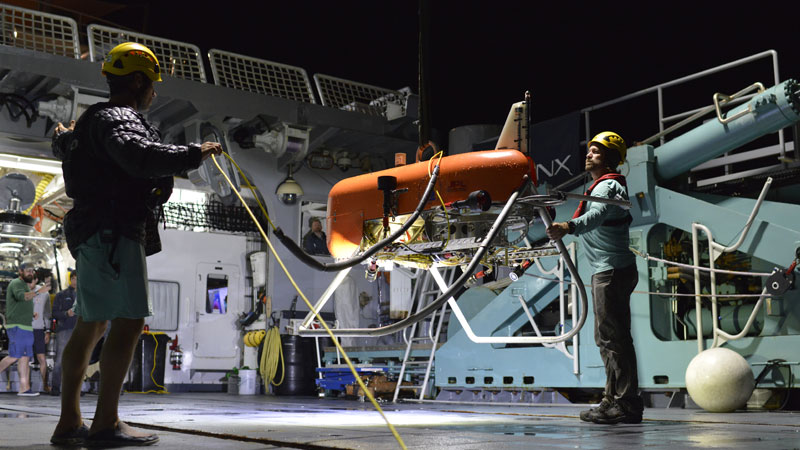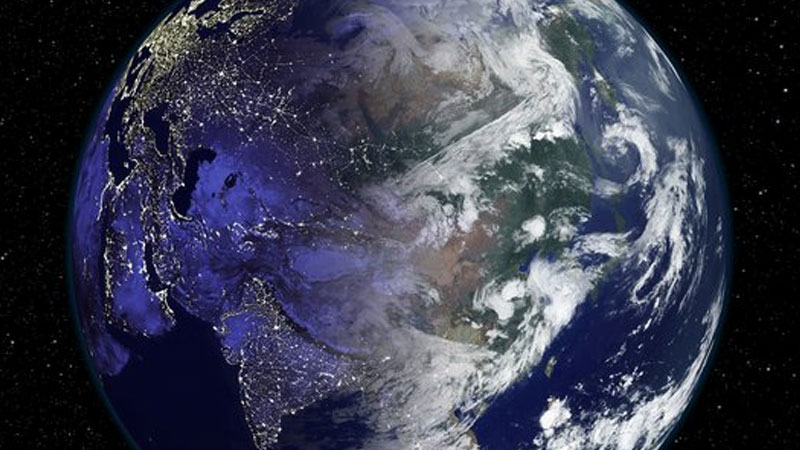WOODS HOLE OCEANOGRAPHIC INSTITUTION

Exploring the Hadal Zone, Earth’s final frontier
We're taking the first steps with a new class of hadal vehicles
From September 11-15, a WHOI-led team on R/V Neil Armstrong will be testing the hadal autonomous underwater vehicle Orpheus and its twin Eurydice together for the first time. Learn more about how this new class of vehicles will change what we know about the Hadal Zone.



